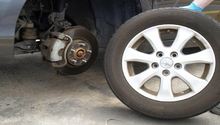Toyota Camry: Tire Modifications and Size Calculator
Swapping to non-factory wheels as well as tires can add style and flair to your Camry, but there are a few things you absolutely need to keep in mind.
This article applies to the Toyota Camry 4th, 5th, and 6th generation (1997-2011).
Wheel and tire modifications are some of the most common as well as impactful upgrades car owners and enthusiasts perform on their prized vehicles. That being said, Toyota has spent a great deal of time doing research and testing the wheel and tire configurations your Camry is equipped with, and a slight change in wheel height, diameter, or even tire pattern could affect your car's alignment and handling. And that is why we've created a guide on how to understand tires and tire sizes, so you can make an educated decision when the time comes.
Tire Modifications
Tires are like shoes. While sandals or flip-flops might work under certain weather conditions or times of the year, they would definitely not be suitable for more extreme situations where boots might be required. So tires alike are designed specifically to cater to different road, weather, and driving conditions.
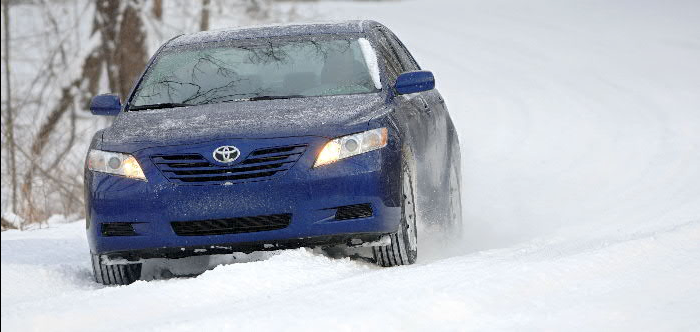
Types of Tires
Performance/Summer Tires
These tires are designed to offer a narrow range of capabilities, but do an excellent job of enhancing your car's handling and braking capabilities. Performance or summer tires are normally fitted to performance-oriented vehicles and are made of soft rubber compounds; also, they work best in temperatures between 70 to 100 degrees Fahrenheit. The downside of a soft rubber compound is that their life expectancy can be quite low.

Figure 2. Performance/summer tires.
Winter/Snow Tires
One can always spot a winter tire by looking at its sharp sidewall and contact patch angle. Winter tires are designed to quickly divert snow using special grooves and sipes in their tread to keep a clearer as well as more stable contact patch. While not mandatory in the United States, or even in the northern states, winter tires are an extremely wise choice when you keep safety in mind. Winter tires are best operated in temperatures below 45 degrees Fahrenheit.
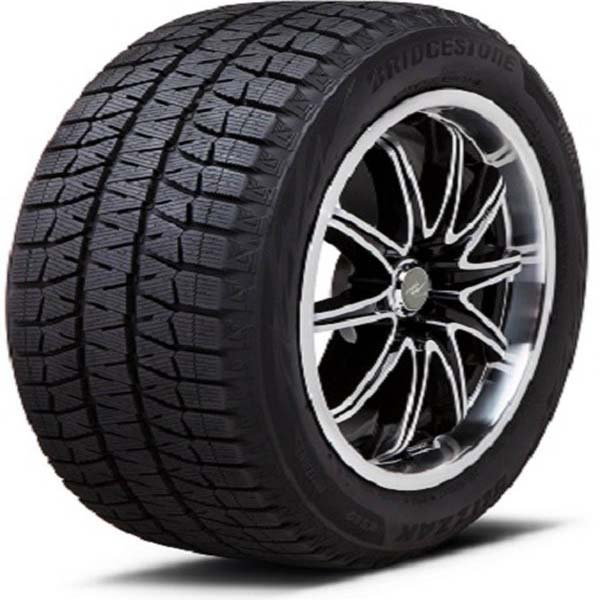
All-Season Tires
All-season tires make up the biggest share of tires rolling off the assembly line. While some tire experts might say that all-season tires do not perform any action rather well, these are the perfect tires for budget minded drivers not living in areas of extreme cold or hot weather.
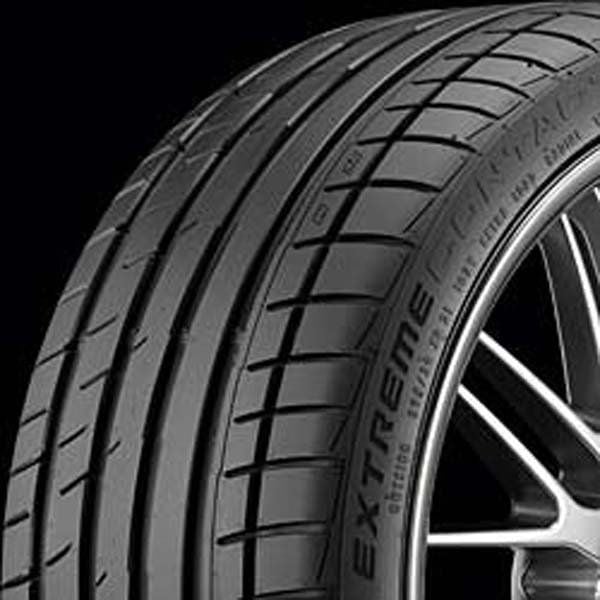
Understanding Tire Sizes
Every tire has on its sidewall (side face of the tire) everything you need to know about its specifications and type. Here is an example of understanding and determining a tire's size based on the letters and numbers located on the sidewall: P185/60R17.
- "P" stands for a U.S standard "passenger" tire.
- "185" stands for the width of the tire in millimeters (mm).
- "60" stands for the aspect ratio; for example, the height is equal to 60% of the width of the tire.
- "R" stands for "radial" or the layers running radially across the tire.
- "17" stands for the diameter of the wheel when measured from one end to the other (wheel size).
If you are looking for new tires that match factory tire specs, you can find this information on the driver's side door jam.
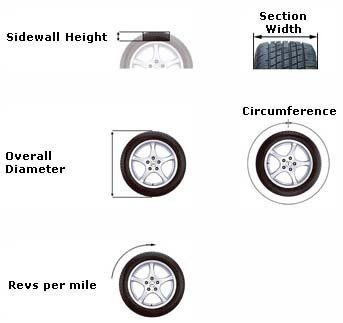
Choosing Wisely
If you purchase bigger tires for your Toyota Camry, your odometer and speedometer may not be calibrated correctly to the new tires. To remedy that, you can use CamryForum's tire rim calculator to determine how your speedometer reading will change if you alter the size of your wheels and tires.
As mentioned before, making the slightest changes when installing new tires can greatly affect the way your car handles, so make sure to choose wisely. Do your research and get the correct information from professionals or CamryForum members that offer experienced advice.
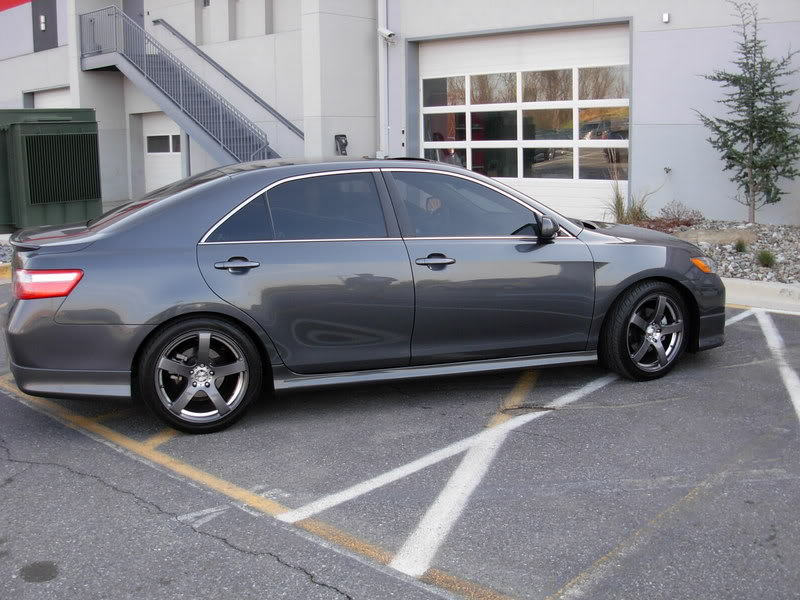
Related Discussions
- Camry Tire Rim Calculator - CamryForums.com
- Tires Rims 2007 XLE General Discussion - CamryForums.com




